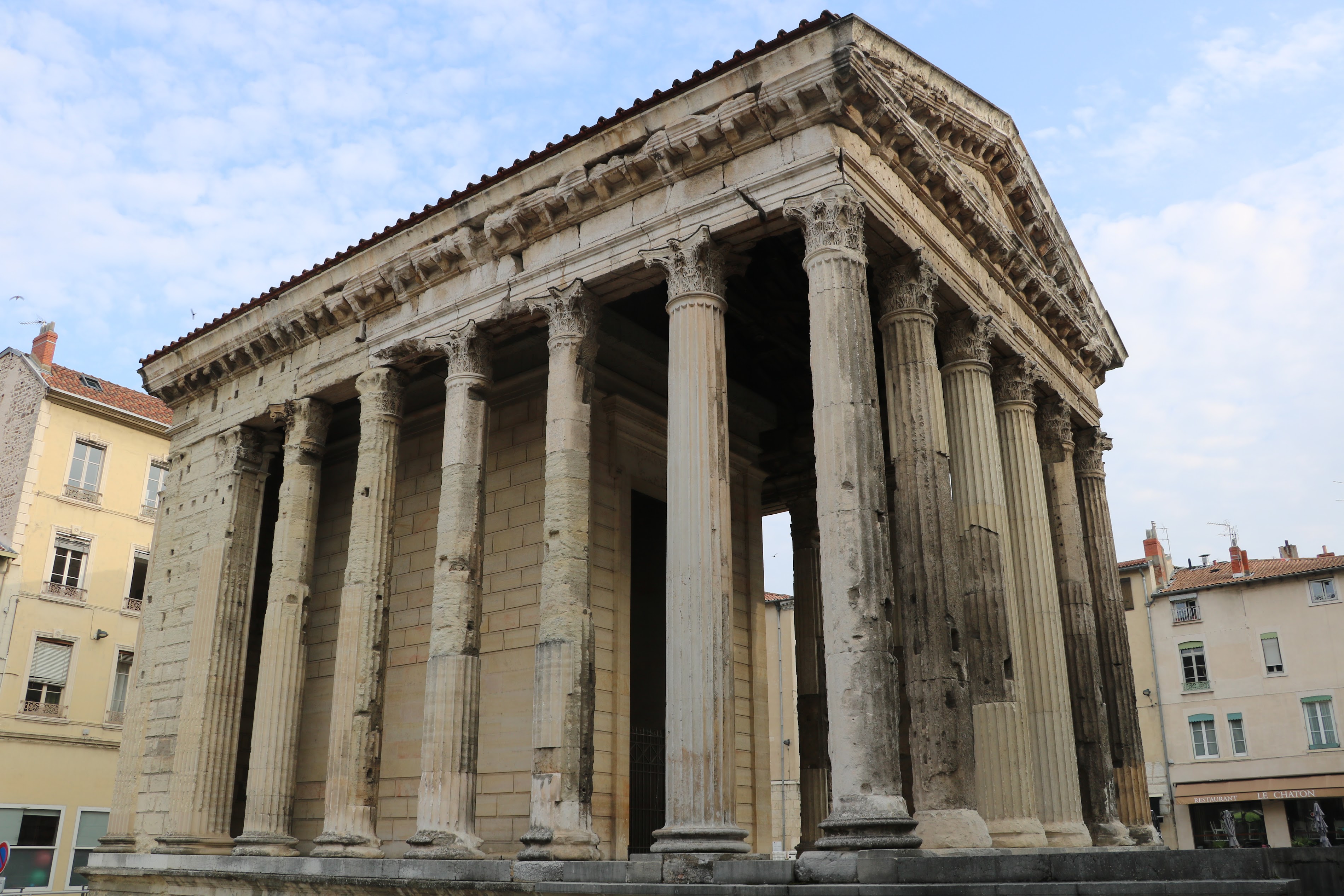Discovering the Roman Temple of Augustus and Livia in Vienne
In the heart of Vienne, where ancient history breathes through every corner, a remarkable structure stands as a testament to the city's storied past. The Roman Temple of Augustus and Livia, dating back to the first century, is a striking reminder of the influence of the Roman Empire in this region. Visitors are drawn to its impressive columns and intricate details, which evoke a sense of reverence for the craftsmanship of ancient builders.

A Glimpse into Roman Life
Upon approaching the temple, an aura of history envelops those who visit. The temple was dedicated to Emperor Augustus and his wife, Livia, symbolizing the power and stability of the Roman rule. Its grand facade, with Corinthian columns and a pediment, showcases the architectural prowess of the time. The well-preserved structure invites exploration and admiration, allowing visitors to imagine the vibrant ceremonies that once took place within its walls.
As one steps closer, the details of the temple become more pronounced. Carvings that depict mythological scenes and symbols of power can be seen, each telling a story of the past. The sunlight casts shadows that play across the stone, enhancing the beauty of the craftsmanship. Tourists often find themselves captivated by the harmonious proportions and the elegance of the design, a clear representation of Roman ideals.
Things to do in Vienne
A Sense of Community
In the past, this temple served not just as a religious site, but as a gathering place for the community. It was here that citizens would come to pay homage, celebrate victories, and seek favor from the gods. The significance of the temple transcends its physical presence; it represents the heart of Roman life in Vienne. The echoes of ancient voices can almost be felt, reminding visitors of the vibrant culture that flourished in this region.
The surrounding area has been transformed into a charming square, where locals and tourists alike can enjoy the ambiance. Cafes and shops line the streets, offering a perfect spot to relax and reflect on the remarkable history that unfolds just steps away. The temple acts as a focal point, drawing people together in appreciation of the city's rich heritage.
Preservation of History
Efforts have been made to preserve the Roman Temple of Augustus and Livia for future generations. Restoration projects have been undertaken to maintain its structural integrity and aesthetic beauty. Educational programs are offered, allowing visitors to learn about the history and significance of the temple. Guided tours provide insights into the daily lives of the Romans who once inhabited this area, bridging the gap between past and present.
As one wanders through the temple and its surroundings, a deeper appreciation for Vienne's history is cultivated. The stories of the past resonate, enriching the experience of every visitor. This connection to ancient civilization fosters a sense of belonging and curiosity, encouraging exploration of other historical sites nearby.
After visiting the temple, a short walk leads to the stunning Museum of Fine Arts and Archeology of Vienne, where further insights into the region's artistic heritage can be gained.
A Lasting Legacy
As the sun sets behind the temple, casting a warm glow over the stones, the importance of the Roman Temple of Augustus and Livia is palpable. It serves as a reminder of the enduring legacy of the Roman Empire and its influence on modern-day Vienne. The temple, with its storied past and architectural beauty, will continue to captivate those who venture to explore its wonders.
In Vienne, history unfolds at every turn, inviting exploration and discovery. The Roman Temple of Augustus and Livia stands as a proud symbol of the city’s rich heritage, drawing visitors from around the world to witness the grandeur of a bygone era. Each visit offers an opportunity to connect with the past, ensuring that the stories of those who came before will never be forgotten.

 Home
Home Wishlist
Wishlist